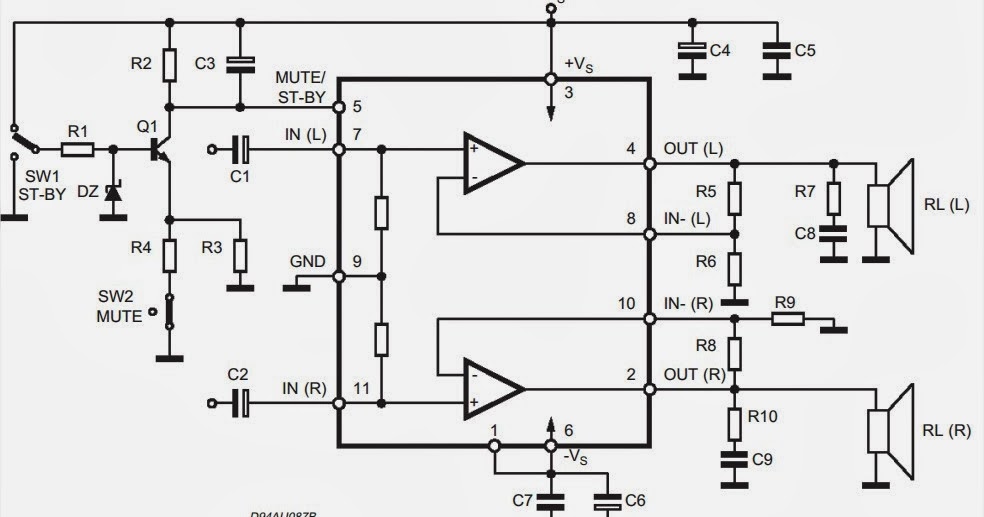Wireless Subwoofer Not Working? Troubleshoot and Fix It Now!
That sinking feeling when your movie's epic score lacks the rumble of the bass… A wireless subwoofer that refuses to connect can be incredibly frustrating. You’ve invested in a system designed for seamless audio, yet silence from the subwoofer undermines the whole experience. Don't worry, you’re not alone. Wireless subwoofer connectivity issues are a common problem, and thankfully, often easily resolved.
Many factors can contribute to a silent wireless subwoofer. From simple power issues to complex interference problems, pinpointing the culprit requires a systematic approach. This article explores the most common reasons for a non-working wireless subwoofer, provides troubleshooting steps, and offers solutions to get your bass booming again.
The rise of wireless technology in home audio systems brought the promise of clutter-free setups and powerful sound. Wireless subwoofers, freed from the constraints of cables, offer flexible placement options for optimal bass response. However, this wireless convenience introduces a new layer of complexity when things go wrong. Unlike a wired subwoofer with a simple physical connection, troubleshooting a wireless subwoofer involves navigating the world of radio frequencies, pairing protocols, and potential interference sources.
A malfunctioning wireless subwoofer doesn't just diminish the listening experience; it renders a key component of your audio system useless. The subwoofer is responsible for reproducing low-frequency sounds, adding depth and richness to music, movies, and games. Without it, your audio sounds thin and lacks impact. Therefore, addressing subwoofer connectivity issues is crucial for enjoying the full potential of your home theater system.
One frequent culprit is simply a power issue. Check that both the subwoofer and the transmitter unit (often integrated into the receiver or soundbar) are plugged in and receiving power. Loose connections can also be the source of the problem. Ensure all cables, especially power cords, are securely connected to both the subwoofer and the transmitter. A faulty power cable can also cause problems, so try swapping it out with a known working cable.
If power isn't the issue, the next step is to verify the pairing between the subwoofer and the transmitter. Consult your subwoofer's manual for specific pairing instructions, as the process can vary between manufacturers. Typically, this involves pressing a pairing button on both the subwoofer and the transmitter. Look for blinking lights or other indicators to confirm a successful pairing.
Distance and interference can also disrupt the wireless signal. Try moving the subwoofer closer to the transmitter to see if the connection improves. Wireless devices like routers, microwaves, and cordless phones operating on the same frequency can interfere with the subwoofer's signal. Experiment by temporarily turning off these devices to identify any potential sources of interference.
Advantages and Disadvantages of Wireless Subwoofers
| Advantages | Disadvantages |
|---|---|
| Flexible placement | Potential connectivity issues |
| Clean aesthetic | Dependence on batteries (some models) |
| Easier setup (compared to wired) | Higher price point (generally) |
Challenges and Solutions:
1. Challenge: No power to the subwoofer. Solution: Check power cord and outlet.
2. Challenge: Subwoofer not pairing. Solution: Consult manual for pairing instructions and try resetting the pairing.
3. Challenge: Intermittent connection. Solution: Move subwoofer closer to the transmitter and eliminate sources of interference.
4. Challenge: Low volume or no sound. Solution: Adjust the volume on the subwoofer and the receiver/soundbar.
5. Challenge: Humming or buzzing sound. Solution: Check for ground loop issues and try different power outlets.
FAQ:
1. Why is my wireless subwoofer not connecting? Potential causes include power issues, pairing problems, interference, and distance.
2. How do I pair my wireless subwoofer? Refer to your subwoofer's manual for specific pairing instructions.
3. How far can my wireless subwoofer be from the transmitter? The optimal range varies depending on the model but is typically around 30 feet.
4. What can interfere with my wireless subwoofer's signal? Wireless devices like routers, microwaves, and cordless phones can cause interference.
5. How do I fix a humming sound from my subwoofer? Check for ground loop issues and try different power outlets.
6. Can I use any wireless subwoofer with any receiver? Most wireless subwoofers are designed to work with specific brands or models of receivers.
7. My subwoofer is paired but I'm getting no sound. Check the volume levels on both the subwoofer and the receiver/soundbar.
8. My subwoofer worked before, but now it's not working. Try resetting the pairing or checking for new sources of interference.
Tips and Tricks Consider using a wireless subwoofer kit specifically designed for your existing audio setup. These often offer a more stable connection than generic kits. Keep the subwoofer away from large metal objects which can obstruct the wireless signal. If all else fails, contacting the manufacturer's support team can offer tailored assistance.
In conclusion, a non-working wireless subwoofer can disrupt your audio enjoyment, but understanding the potential causes and employing the troubleshooting steps outlined in this article can often resolve the issue. From checking power connections and verifying pairing to eliminating interference and adjusting settings, taking a methodical approach can bring the rumble back to your entertainment experience. The benefits of a properly functioning wireless subwoofer, such as enhanced audio depth and immersive sound, make the effort of troubleshooting well worthwhile. Don't let silence steal your bass—take action today and enjoy the full potential of your audio system.
The hunt for the perfect pen finding the best ballpoint under 20 rupees
Que es la soberbia espiritual a trap disguised as enlightenment
Elevate your celebration the art of cake toppers














